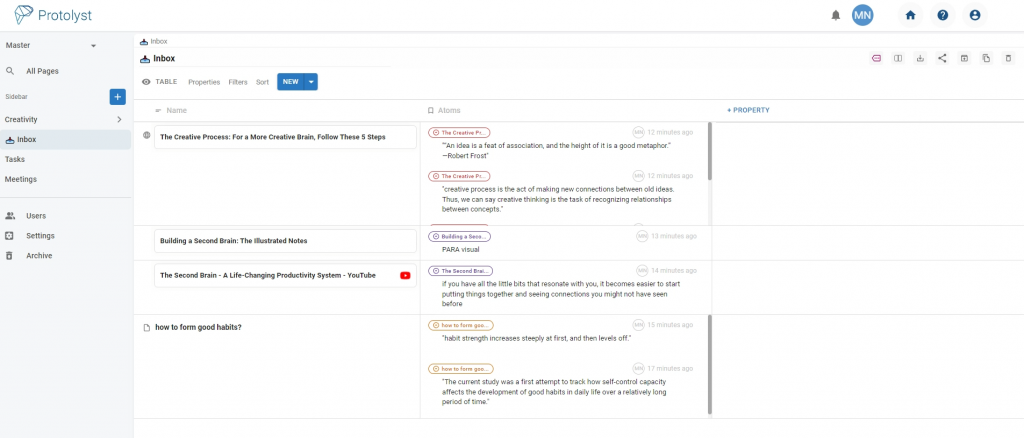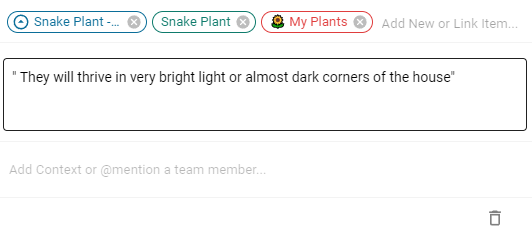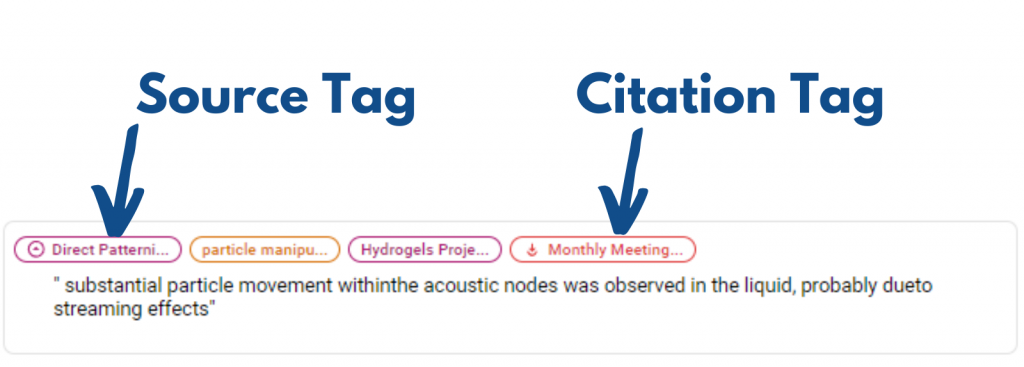Building a second brain can transform the way you think, learn, and work. The concept of building a second brain was developed by Tiago Forte, and describes a digital system that allows you to capture, organize, and retrieve your ideas, insights, and information from various sources.
Why build a Second Brain?
We are surrounded by ever more information and are bombarded with an overwhelming amount of data. This makes it difficult to stay organized and remember everything. Our brains are very good at spotting patterns and synthesising information, but are not designed to remember large volumes and keep track of it all.
A second brain can help you offload memory management and provide a centralized hub for all your notes, thoughts, and references. Outsourcing the remembering leaves your brain free to do what it’s best at doing.
Building a second brain is not just about collecting and storing all your information, it also encompasses creating connections between ideas. Connections allow you to collect related knowledge together to support you in synthesizing new insights, and improving your decision-making skills.
Forte has developed a roadmap and even a course to support you in building a second brain. Your second brain should be a system that works for you, and supports you in achieving your goals such as being more creative, productive, and efficient.
Get Started with a Second Brain
Building a Second Brain is focused around 3 key ideas: remember, connect, create. Here, we’ll show you how to get started building a second brain on Protolyst:
1. Remember
First step is to capture the ideas, insights and information that you want to remember. We have a variety of systems we use to capture knowledge – sticky notes, highlights in our e-readers, notebooks.
The key is to improve your capture process by adding and keeping everything in one centralised place. As opposed to having everything scattered across multiple digital and manual locations.
On Protolyst, the quickest way to get started adding into one central repository is to set up an Inbox Table. You add everything in to make sure it doesn’t get lost and then organise it later.
Create a Table in your workspace to act as your Inbox. Add your sources of information quickly and easily:
- Drag and Drop Files to upload them
- Import web page content from URLs
- Or Create a new Page and jot down the idea in the First Column
2. Connect
With everything all in one centralised place, you’ll start to spot patterns and connections. You can speed up this process by distilling the most important information. Having a pre-prepared list of key details saves you time reading through lengthy notes and documents.
On Protolyst, as you come across important details to distil you can highlight and hit ‘Capture Atom‘ to save the insight as a distinct, individual object in your workspace.
Atoms are the highlights, insights, key take-aways, snippets, golden nuggets that you want to remember and recall.
All the Atoms you capture in a Page will display in a list down the right side under Atoms.
If you display an Atoms Property in your table, you can view all of the Atoms for a given Page. This allows you to view the key takeaways from a document without having to open it up.

Each atom can be accessed individually and can be connected across your workspace by adding Tags and Links to other pages.

As time goes by and you add more connections across your workspace, you’ll collate your insights around topics and themes. Pooling your existing knowledge together can reveal new connections you might not have otherwise spotted.
As you continue adding to your second brain, you can start to organise your content around your Projects and Areas of interest.
3. Create
Having invested in collecting knowledge, you should then apply it – to reach a goal, start a side hustle or to contribute and share your knowledge with others.
With a catalogue of information contained in your second brain, you have all the starting material needed to apply your knowledge. The knowledge held in your second brain allows you to look back on everything you have learned and saved, without relying on what you can remember and think of at a given moment.
Say you want to gather your knowledge around a topic to apply it in writing an article. Create a new page and to pull in your existing knowledge, you can link Pages and then inherit atoms.
Once you have your relevant atoms collected together, you can drag and drop them into a page. When dropped into a page, you will create a backlink or citation.
Each Atom you capture has a Source Tag so you never lose the original source of your atom
Each Atom can be further tracked by taking a closer look at the Tags. The Citation Symbol shows you any Pages that reference this atom:

Now you have the background to start building your Second Brain on Protolyst!
If you liked this then you can get started with your Protolyst Trial now
For more information and further details on building a growing second brain, check out the resources on Second Brains from the videos:
Ali Abdaal – The Second Brain A Life Changing Productivity System
Maggie Appleton’s Building a Second Brain Illustrated Notes
